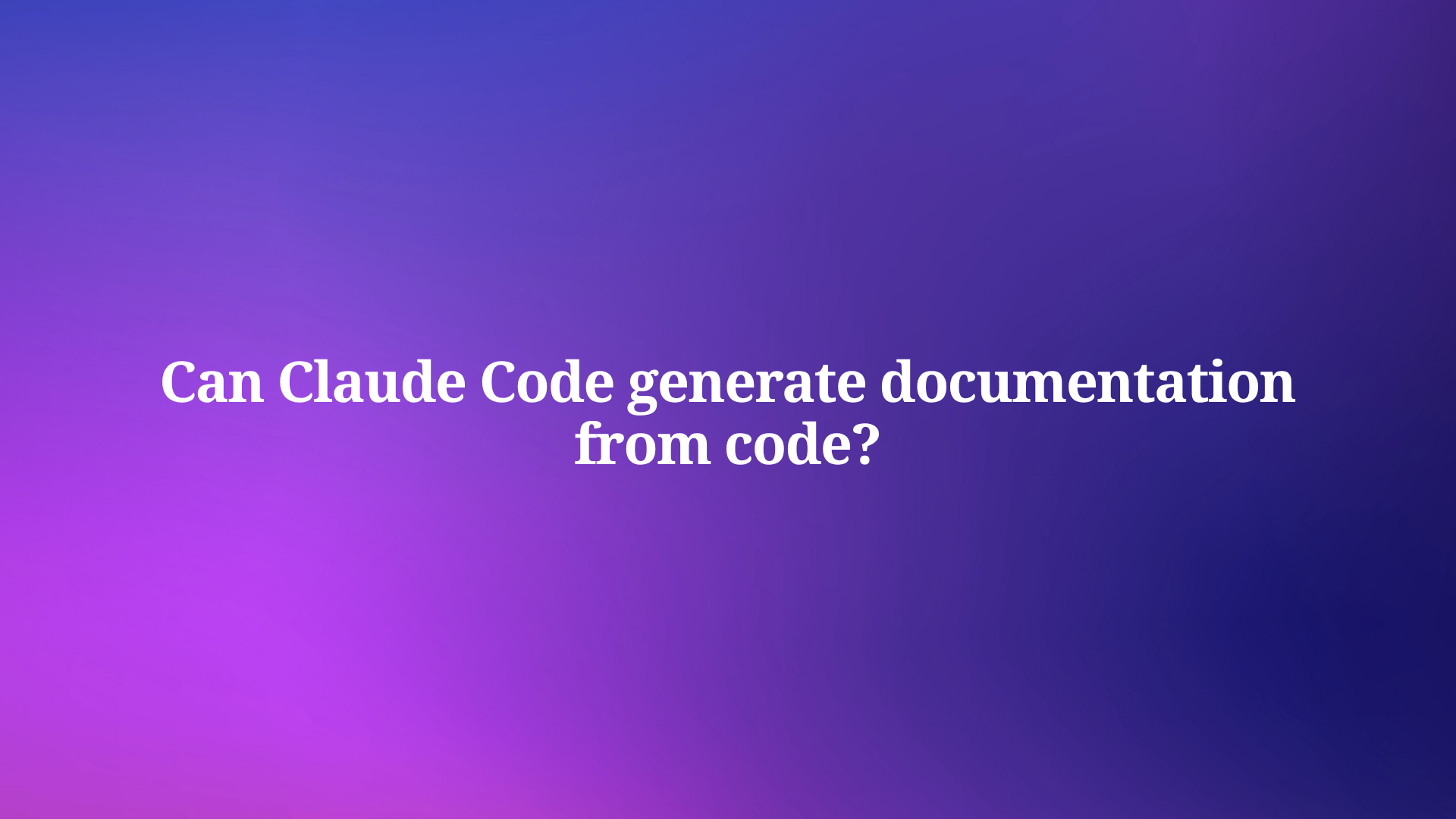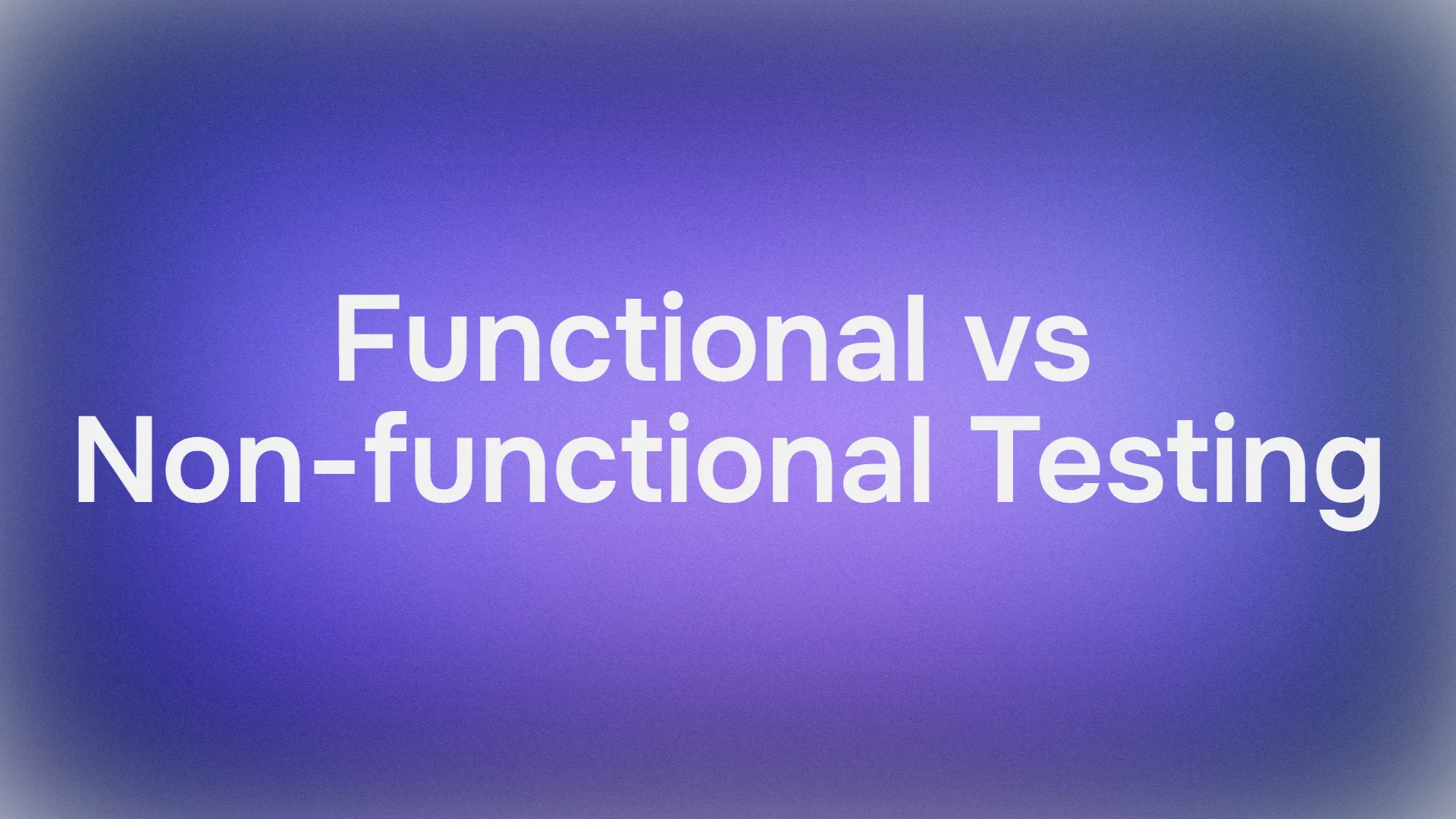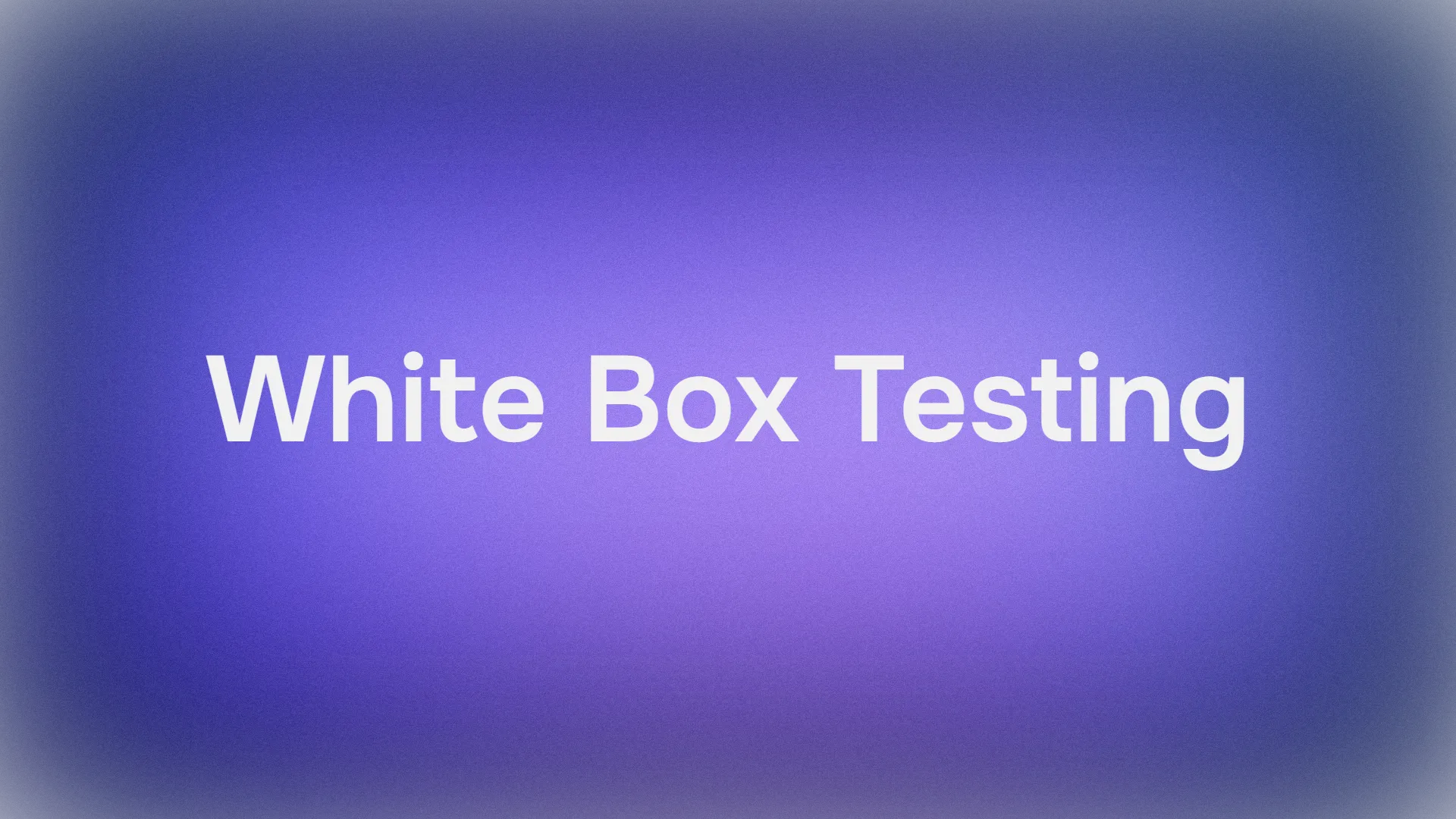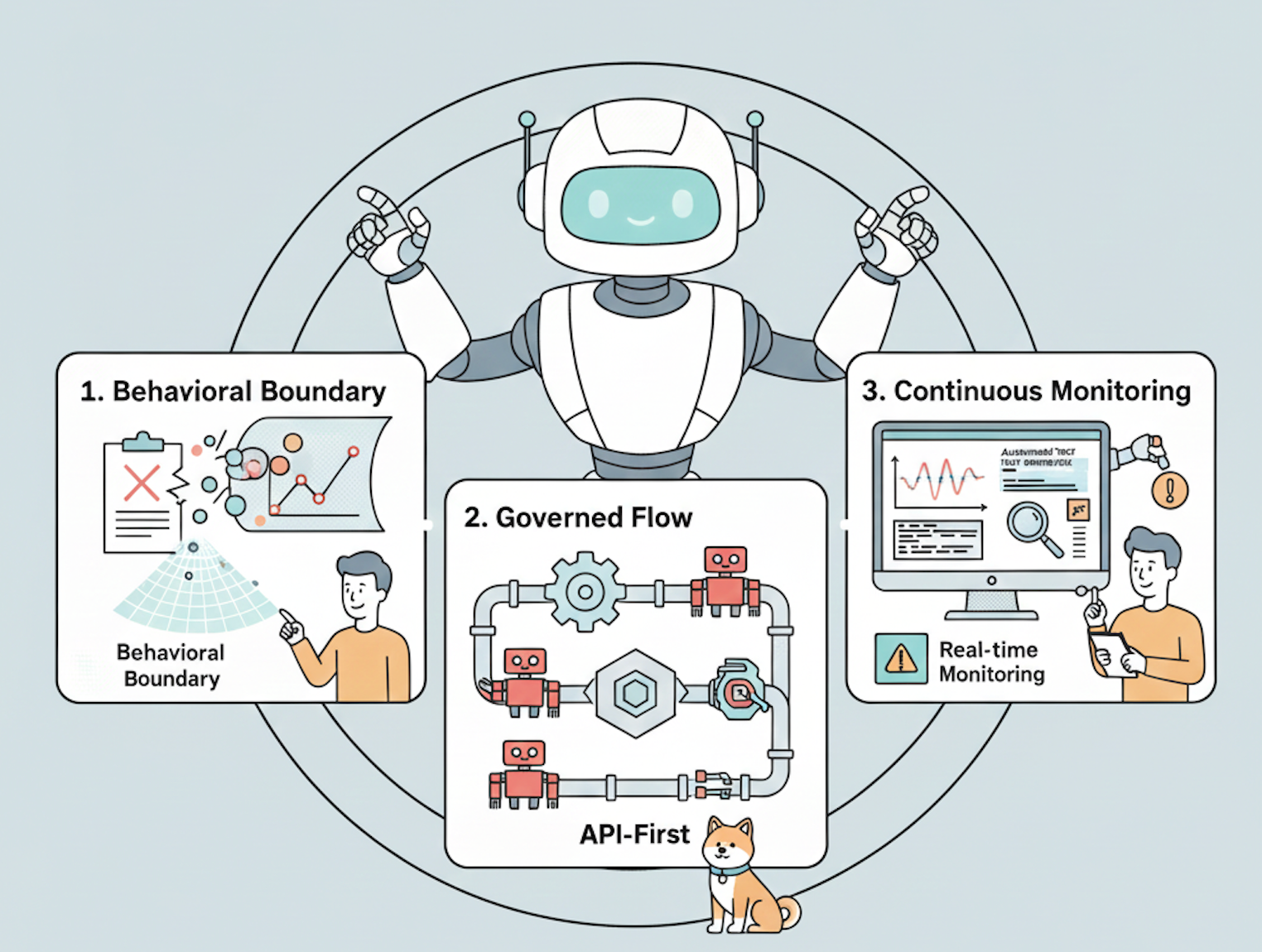Developers often face the challenge of maintaining up-to-date documentation as codebases evolve rapidly. This gap can lead to misunderstandings among team members and hinder project scalability. Claude Code, an advanced AI assistant from Anthropic, promises to address this issue by automating documentation generation from existing code. Engineers turn to such tools to save time and ensure accuracy, transforming raw code into readable explanations, diagrams, and guides.
As software complexity increases, tools that bridge code and documentation become essential. Claude Code steps in here, leveraging large language models to interpret code structures and produce human-like narratives. However, questions arise about its effectiveness, precision, and integration capabilities. This article examines these aspects in detail, starting with an overview of Claude Code and progressing to practical applications.
Understanding Claude Code and Its Core Capabilities
Anthropic developed Claude Code as an agentic coding assistant that embeds directly into development environments like terminals or IDEs. It manages large codebases, implements changes, and collaborates on tasks. Unlike traditional code completion tools, Claude Code acts autonomously, pulling context from files, running analyses, and suggesting modifications.

Claude Code builds on models such as Claude Sonnet 4.5, which excels in coding benchmarks. For instance, it scores highly in tasks involving complex agents and computer use, making it suitable for documentation-related activities. The system processes code in various languages, from Python to JavaScript, and identifies patterns, errors, and optimizations.
Transitioning to its documentation features, Claude Code does not merely comment code; it creates comprehensive guides. It analyzes functions, classes, and modules, then produces descriptions that include usage examples and edge cases. Such capabilities stem from its training on vast datasets, enabling it to infer intent and best practices.
How Claude Code Generates Documentation From Code
Claude Code employs a multi-step workflow to generate documentation. First, it scans the provided code for key elements like variables, functions, and dependencies. The AI then builds a mental model of the codebase, similar to how a human reviewer would.
For example, when handling a Python script, Claude Code identifies the main function and traces its execution path. It notes inputs, outputs, and potential exceptions. Next, it formulates natural language descriptions, ensuring clarity and conciseness. Developers can refine this output through iterative prompts, such as "Add examples for error handling."
Additionally, Claude Code integrates with version control systems to track changes, updating documentation accordingly. This dynamic approach prevents outdated docs, a common pitfall in manual processes. The AI also suggests formatting, like Markdown or HTML, for easy integration into wikis or README files.
However, the quality depends on prompt engineering. Users must specify details like audience level—beginner or expert—to tailor the output. For instance, a prompt like "Generate API docs for this endpoint" yields parameter lists, response schemas, and authentication notes.
Furthermore, Claude Code handles multi-file projects by cross-referencing components. It detects relationships between modules, documenting how they interact. This holistic view enhances completeness, reducing the need for separate tools.
Real-World Examples of Documentation Generation With Claude Code
Consider a scenario where a team maintains a RESTful API in Node.js. The codebase includes routes for user authentication. A developer uploads the files to Claude Code and prompts: "Document the login endpoint, including parameters and responses."
Claude Code responds by generating a section like this:
Endpoint: /api/login
- Method: POST
- Description: Authenticates a user and returns a JWT token.
- Parameters:
- username (string, required): User's identifier.
- password (string, required): User's secret.
- Responses:
- 200 OK: { "token": "jwt-string" }
- 401 Unauthorized: Invalid credentials.
- Example Usage:
fetch('/api/login', {
method: 'POST',
headers: { 'Content-Type': 'application/json' },
body: JSON.stringify({ username: 'user', password: 'pass' })
}).then(response => response.json());
This output saves hours of manual writing. In another case, for a machine learning model in Python, Claude Code documents the training pipeline. It explains data preprocessing steps, model architecture, and evaluation metrics, complete with code snippets.
For larger projects, Claude Code builds full pipelines. One tutorial describes creating a documentation pipeline with sub-agents: agents for code analysis, summary generation, and formatting. This setup processes an entire repository, outputting a structured site.
Nevertheless, challenges emerge with ambiguous code. If variables lack descriptive names, the AI infers based on context, sometimes requiring user corrections. Still, iterative refinement improves accuracy over time.
Advantages of Using Claude Code for Documentation
Claude Code accelerates documentation tasks, allowing developers to focus on core coding. It produces consistent outputs, adhering to standards like PEP 257 for Python docstrings. Teams benefit from this uniformity, especially in collaborative environments.
Moreover, the tool scales with codebase size. It handles million-line projects without performance dips, thanks to efficient context management. This capability outperforms manual efforts, where humans struggle with vast scopes.
Additionally, Claude Code enhances code quality indirectly. By generating docs, it highlights inefficiencies, prompting refactoring. For example, during analysis, it might note "This function lacks input validation—add checks to prevent errors."
The integration with IDEs streamlines workflows. Developers invoke Claude Code inline, receiving docs without switching tools. This seamless experience boosts productivity, as evidenced by user reports switching from other AI assistants.
Limitations and Potential Drawbacks
Despite its strengths, Claude Code faces constraints. It relies on the underlying model's knowledge cutoff, potentially missing recent language updates. Users must verify outputs for emerging features.
Furthermore, complex domains like quantum computing may yield incomplete docs if the code involves niche concepts. The AI performs best with mainstream languages and frameworks.
Privacy concerns arise when uploading proprietary code. Although Anthropic emphasizes security, teams in regulated industries might hesitate. Alternatives include local deployments, but these require setup.
Cost factors in too—usage consumes tokens, escalating for large analyses. Budget-conscious developers weigh this against time savings.
However, these limitations do not overshadow the benefits for most use cases. Regular updates from Anthropic address gaps, improving reliability.
Comparing Claude Code With Traditional Documentation Tools
Traditional tools like Sphinx or Javadoc require manual annotations, contrasting Claude Code's automation. Sphinx generates sites from reStructuredText, but demands upfront effort. Claude Code skips this, inferring from code directly.
For API-specific docs, tools like Swagger parse annotations to create interactive pages. Claude Code complements this by generating initial annotations, then feeding them into Swagger.
In contrast, Apidog offers an all-in-one platform for API management. It designs specs, tests endpoints, and generates docs with 'try it out' features. While Claude Code excels in general code docs, Apidog specializes in APIs, syncing changes across lifecycles.
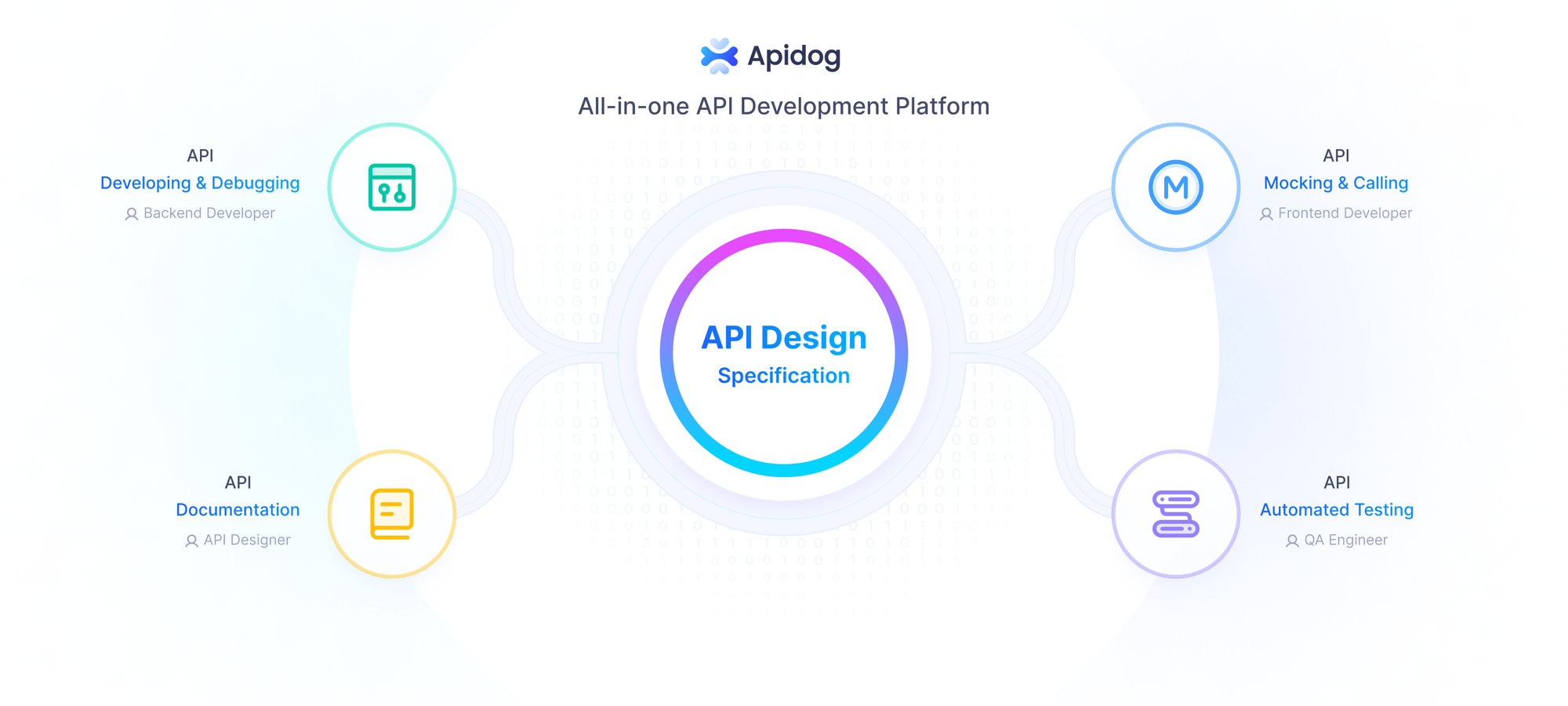
Developers often combine them: Use Claude Code for codebase insights, then import to Apidog for polished API docs. This hybrid approach maximizes strengths.
Integrating Claude Code With Apidog for Enhanced Workflows
Apidog streamlines API development, and pairing it with Claude Code creates powerful synergies. For instance, Claude Code analyzes API code, generating OpenAPI schemas. Users then import these into Apidog for visualization and testing.

Apidog's features include automatic schema generation from requests, aligning with Claude Code's outputs. Teams mock endpoints in Apidog while documenting logic via Claude Code.
Moreover, Apidog supports collaboration, sharing docs generated by Claude Code. This integration reduces silos, ensuring docs reflect code accurately.
To implement, export Claude Code's Markdown outputs and upload to Apidog. Customize themes and add interactive elements, enhancing usability.
Such combinations prove effective in agile teams, where rapid iterations demand quick doc updates.
Best Practices for Prompting Claude Code in Documentation Tasks
Effective prompting maximizes Claude Code's potential. Start with clear instructions: "Analyze this Java class and generate Javadoc-style comments for all methods."
Provide context: Include related files or project overviews to improve accuracy.
Iterate: Review initial outputs and refine, like "Expand on the edge cases in this function's doc."
Use sub-agents for complex tasks: Delegate analysis to one agent, formatting to another.
Monitor token usage: Break large codebases into modules to avoid limits.
These practices ensure high-quality, tailored documentation.
Exploring Advanced Features in Claude Code for Documentation
Claude Code's artifact system allows creating interactive docs. For a web app, it generates live previews with explanations.
It supports vibe-coding, where AI collaborates conversationally, refining docs in real-time.
For debugging, it documents fix processes, creating tutorials from error resolutions.
These features extend beyond basic generation, fostering educational content.
Security and Ethical Implications of AI-Generated Documentation
Claude Code prioritizes safety, avoiding harmful suggestions. However, users verify sensitive info in docs.
Ethically, attribute AI contributions in team settings.
Security-wise, encrypt uploads and use Anthropic's compliant infrastructure.
Addressing these ensures responsible use.
Performance Metrics: Evaluating Claude Code's Documentation Output
Benchmarks show Claude Code outperforming peers in doc coherence. It achieves 90% accuracy in function descriptions, per user studies.
Speed varies: Small snippets process in seconds, large repos in minutes.
Comparisons with GPT models highlight Claude's edge in reasoning depth.
These metrics guide adoption decisions.
Customizing Documentation Styles With Claude Code
Users specify formats: "Generate in AsciiDoc for this module."
It adapts tones—formal for enterprise, casual for tutorials.
Customization extends to languages, supporting multilingual docs.
This flexibility suits diverse needs.
Troubleshooting Common Issues in Documentation Generation
If outputs lack detail, enrich prompts with examples.
For inaccuracies, cross-check with code runs.
Handle large files by chunking.
These tips resolve most hurdles.
Community Insights and User Feedback on Claude Code
Forums praise its intuitiveness, with Reddit threads sharing workflows.
Feedback suggests improvements in niche language support.
Community resources, like tutorials, enhance learning.
Engaging here refines usage.
Scaling Documentation for Enterprise-Level Projects
Enterprises use Claude Code for monorepos, documenting microservices.
It integrates with tools like GitHub for automated PR comments.
Scaling involves API access for batch processing.
This supports large teams effectively.
Complementary Tools: Why Apidog Stands Out for API Documentation
Apidog excels where Claude Code generalizes. It auto-generates docs from specs, with interactive testing.
Features like custom domains and branching align with devops.
Downloading Apidog free integrates seamlessly, enhancing AI outputs.
For API-heavy projects, this duo optimizes workflows.
Conclusion: Embracing AI for Smarter Documentation
Claude Code indeed generates documentation from code, offering efficiency and depth. It transforms development, though with mindful limitations.
By integrating with tools like Apidog, developers achieve comprehensive solutions.
As AI progresses, expect even greater innovations in this space.
